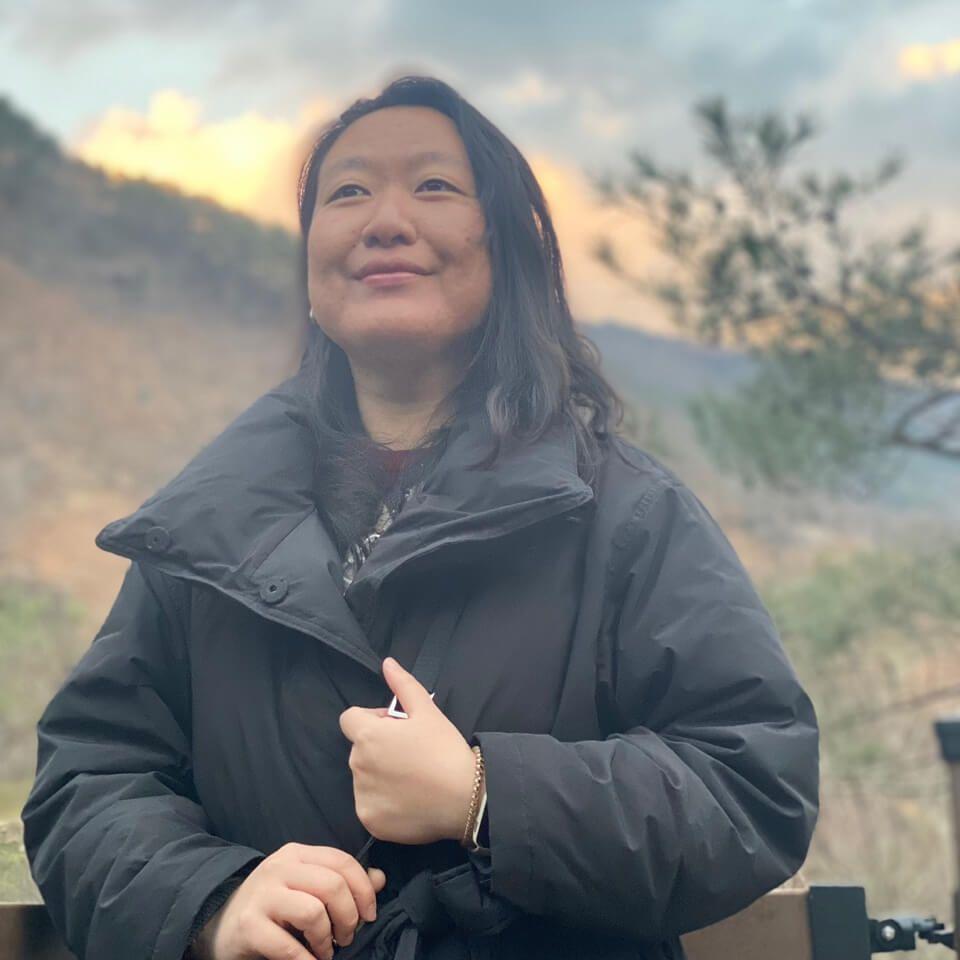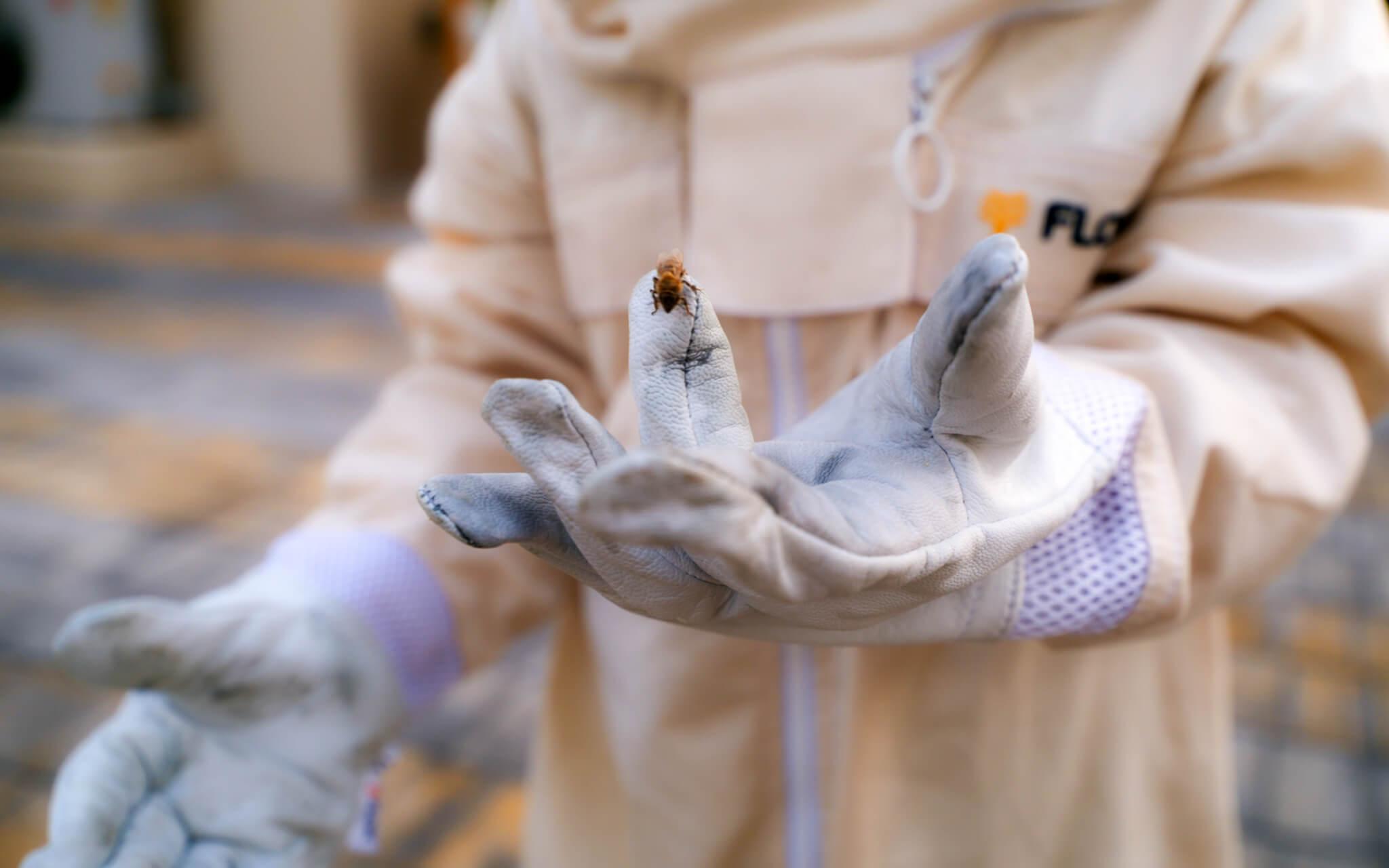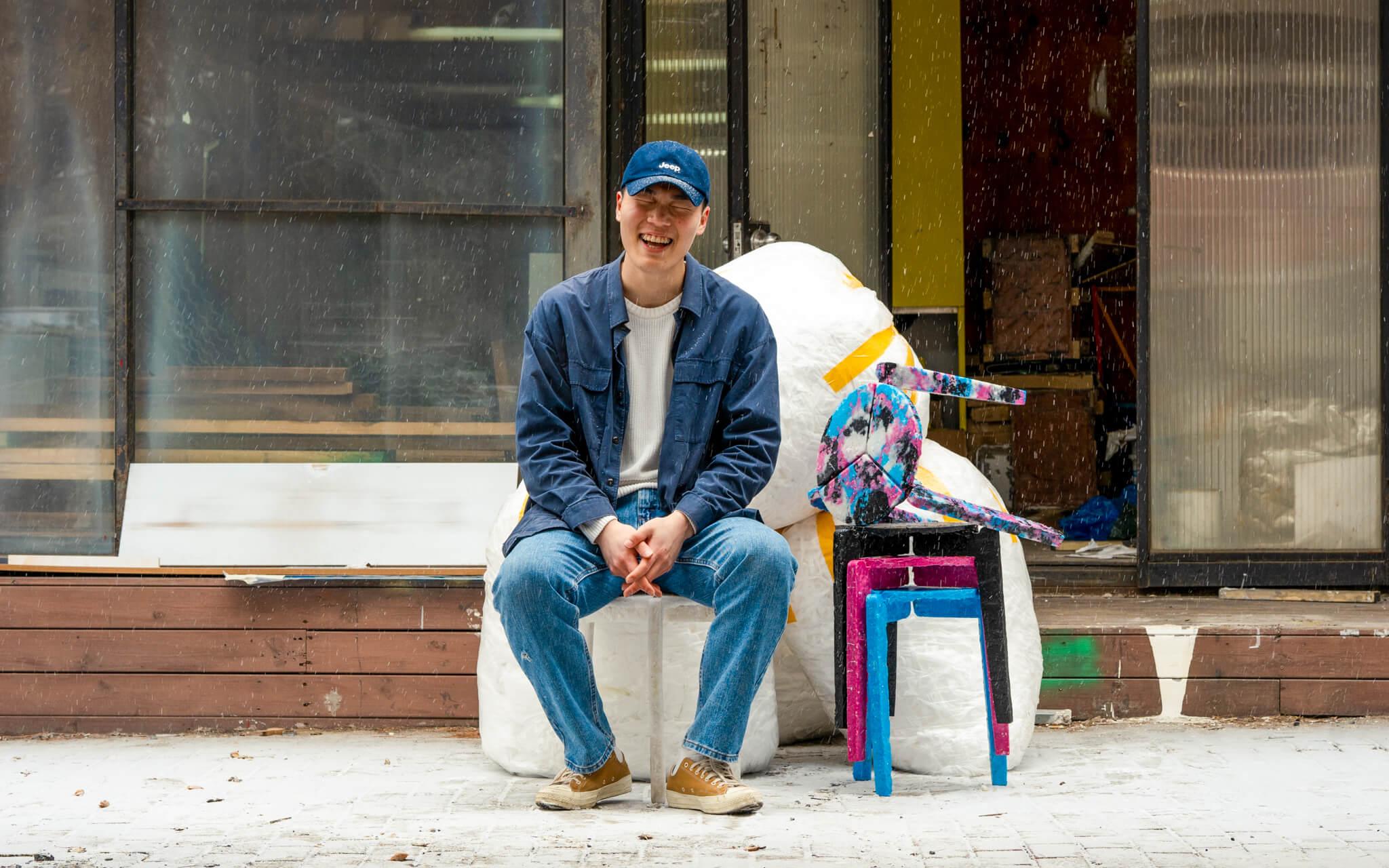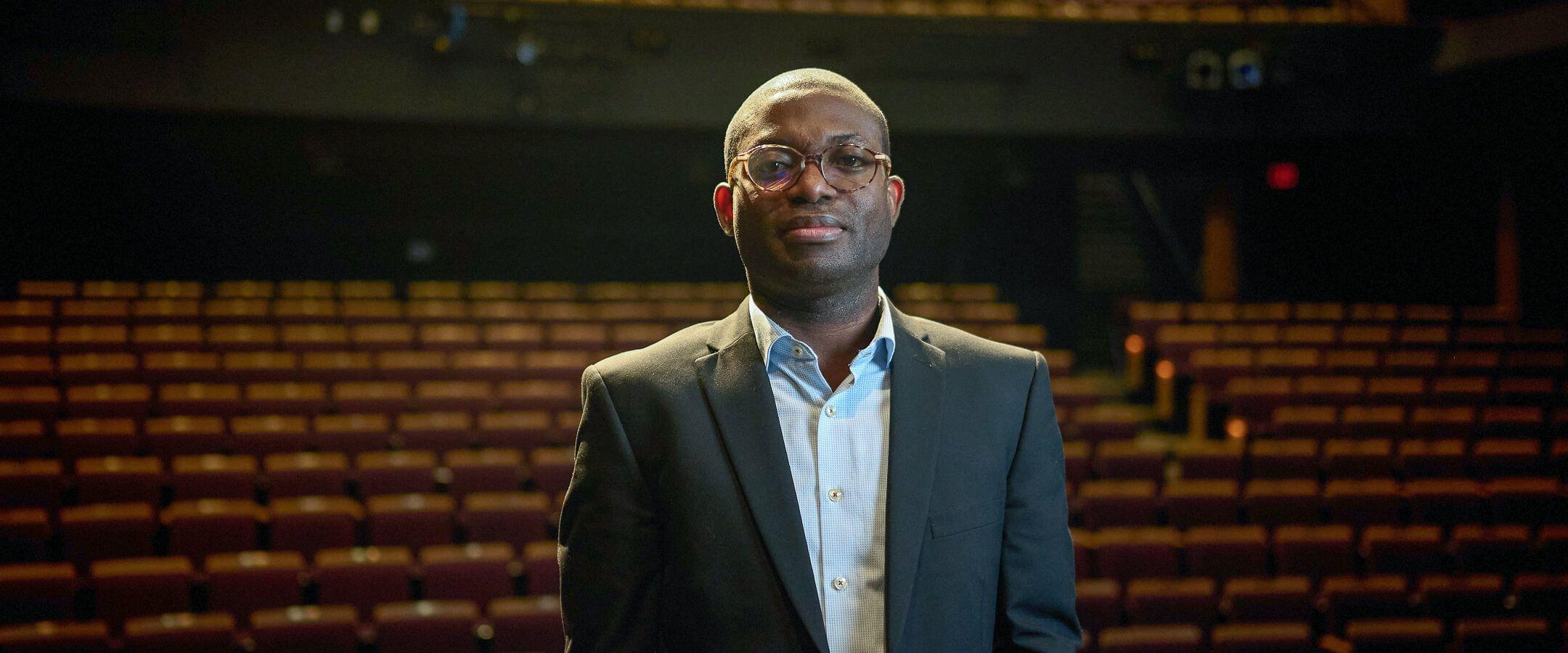Sisterhood, Love + Environment
Diamond Spratling is a founder of Girl Plus Environment, an advocacy organisation that unites Black and Brown womxn in the environmental justice space, fostering sisterhood and joy across communities.
“When I was ten years old, I saw a commercial about saving polar bears,” Diamond Spratling recalls with a smile. “I was so sad. Those ice sheets were melting; what were the polar bears going to do?” We both chuckle as the “Oh no, the polar bears!” moment is a universal ‘come-to-climate-action’ moment.
For Diamond, however, this moment stayed strong with her.
Born and raised on the west side of Detroit, Michigan, Diamond was a child who loved to play outdoors. As a lover of animals and conservation, she even considered becoming a zoologist or a marine biologist.
When she finally chose to study environmental policy in college, the reality wasn’t quite what she expected. Though she loved the program, the stark absence of her own people was glaring.
“I noticed early on that I didn’t see a lot of other Black women in the program. I was the only one.”
It wasn’t just the lack of representation that brought her down. Her family and friends, Black women like herself, didn’t consider the topic of environmental justice as a worthy subject to discuss. “I remember posting on Facebook about the correlation between air pollution caused by Detroit’s automotive industry and the rising cases of asthma in the area. No one responded.”
Diamond grew frustrated at the people who refused to talk about the very thing that impacted them the most.
Despite the frustration, she moved forward.
“I shifted from my efforts in conservation,” she says, explaining the move to Public Health for her Master’s degree. “The polar bears got me into this work, but learning how it impacted me and my community is what kept me going.”
And that is how Diamond started Girl Plus Environment – a national nonprofit organisation created to better educate, engage, and empower more Black, Brown women and non-binary people to stand up for climate and environmental justice in their own neighbourhoods.
“When we think about environmentalism, we think about a white man hugging trees and hiking. Of course, I love to do those things myself,” she says, and we laugh again at yet another popular global image wedged into our brains. “I wanted us to shift the narrative in how we talk about climate and environmental issues so that more women of colour know that this is a space for us”.
“There’s room for us in environmental justice work.”
As Executive Director for the last five years, Diamond has shaped Girl Plus Environment into an advocacy organisation centred on intersectionality. “Environmental justice has to do with our health, housing, displacement, economics, and even being able to take a walk around your neighbourhood.”
As a self-proclaimed optimist, Diamond is excited to share how to participate in and secure space within the movement. “There are employment opportunities in the environmental justice space, too, and we should be taking advantage of them, especially right now.”
Diamond also firmly believes in engaging her audience through fun and relatable content. It’s easy to get absorbed in a good time on Girl Plus Environment’s Instagram page, where horoscopes and Mean Girls memes teach readers about issues around eco-anxiety or microplastics.
Every corner of the website and social media page shows Diamond’s vibrant personality. According to Diamond, Black and Brown women should not only have a space at the forefront of this movement, but they should also be able to have fun doing it. “We try to intersect culture, communications, and community to really bring people into a sector that we have historically been told we don’t belong in.”
It wasn’t easy to start a non-profit at the beginning of the pandemic. Diamond says they only got their first grant in 2022, three years after the organisation’s beginning. “This was from Al Gore’s Climate Reality Project,” Diamond beams. “So this was very exciting for us. We ended up implementing the Protecting Our Energy Project.”


The Protecting Our Energy project is Girl Plus Environment’s flagship program—a crucial initiative to educate Black and Brown women in Atlanta about Georgia’s energy policy. “We teach them about the energy burden and how it impacts their health and well-being, and most importantly, help them engage in the process.” In Georgia, households spend more than 18% of their annual income on energy bills.
The program is in its third year of great success, hosting Black and Brown womxn as cohorts, providing them with stipends for their energy bills, and offering training in community engagement.
“Trust takes a long time. It makes things a little bit easier because we are reflective of the audience we’re trying to engage.” Though there’s the initial awkwardness of introducing the organisation, Diamond finds that Girl Plus Environment is able to bring together those who might be hesitant about entering the climate sphere.
“At first interaction, it is a little wary. Like, ‘Who’s this person and what’s going on?’ But I think once we build that connection, they’re like, oh my goodness, I love this space.” Diamond’s love for her sisters is apparent throughout our conversation. “Oftentimes, it’s less about the content and what we’re talking about and more about the community and the relationships we’re building with our audience.”
Diamond gets emotional as she recalls a cohort's survey response: “It said, ‘I just really love being with my Girl Plus Environment sisters.”
It was a moment of success for Diamond, exemplifying just how far she’s come from the initial discomfort and disconnect she felt posting about climate change online.
We try to intersect culture, communications, and community to really bring people into a sector that we have historically been told we don’t belong in.
Recalling the 2008 Market Crash as an example of underserved communities displaced and left behind, she emphasises the importance of those communities being a part of technological and economic advancements. “Right now, Georgia is leading in the US in clean energy projects and advancements—that’s significant, and communities of colour should be a part of that,” she says.
For Diamond, despite others’ good intentions, there still aren’t enough diverse voices taking seats at the table. “Our allies should be deferring to Black and Brown communities when making decisions,” she says. “Indigenous people have been telling us for years about how to take care of the environment, and we’ve neglected to listen to them because they weren’t a European white academic.”
Diamond’s environmental advocacy is entwined with civil rights; She wants everyone to have the same basic human rights—happy and healthy lives. It’s not an easy feat, and she is often reminded that she, too, is a part of the community she’s advocating for.
The work that she does is exhausting, and Diamond is straightforward when she talks about navigating the non-profit and business sectors. “I’m still learning that I need to take care of myself in this space,” she shares, describing the intense mental and physical effort of activism. Despite all this, Diamond cannot fathom her absence in this organisation.
“I want to make sure that every little Black girl knows that this is a space for her because this work has everything to do with her; she is more than capable of being in this space without sacrificing her mental health. That should be first, ultimately.”
And so she persists, with a smile as strong as a diamond.
Most Popular
The Climate Tribe delivers stories about Biodiversity and Conservation, Circular Economy, Food and Water , and how they intersect with climate.
Subscribe
Get the latest stories inspiring climate action around the globe straight to your inbox.






